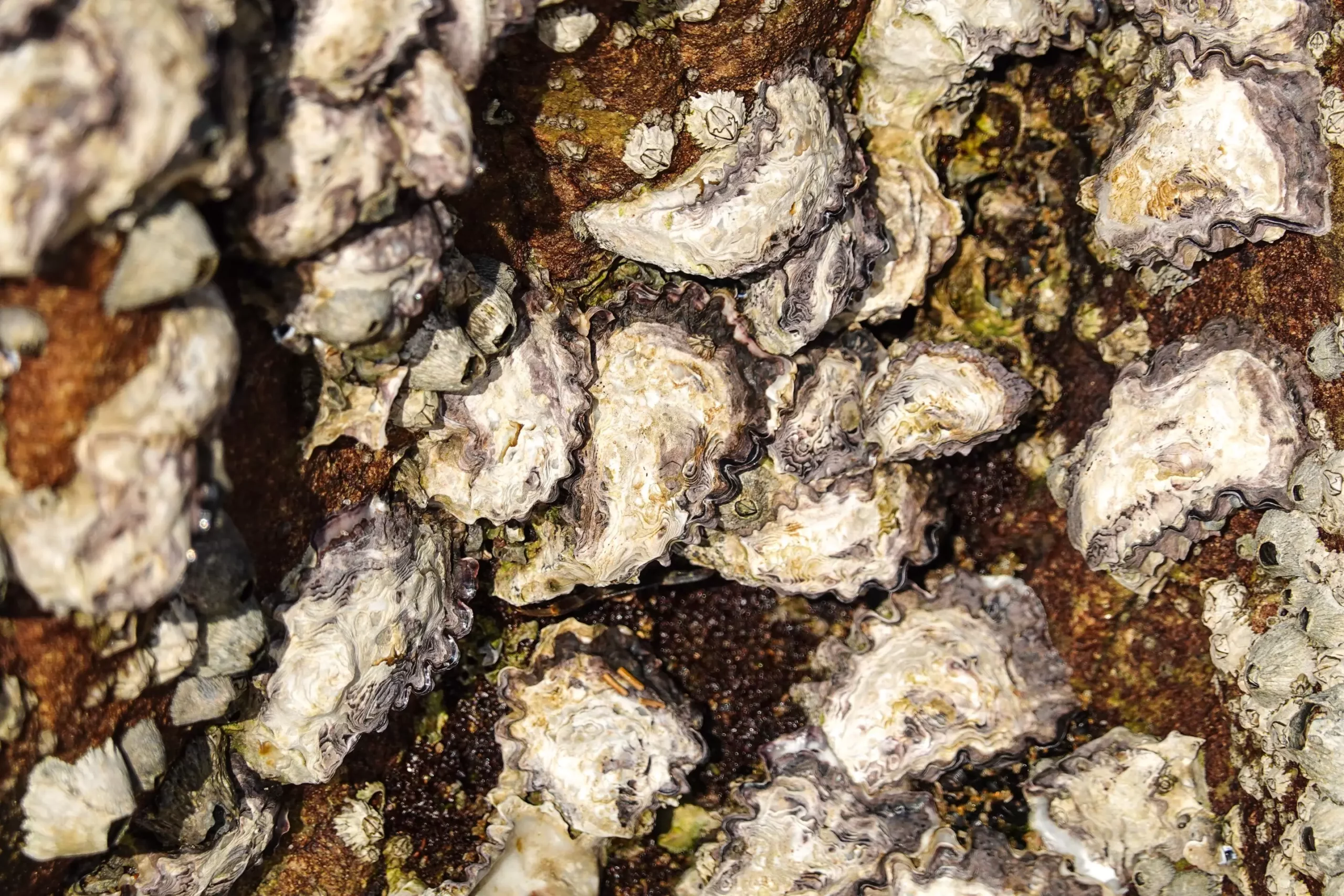Often overlooked as mere culinary delights, freshwater oysters are generating excitement in the scientific community for their unique adhesive properties. Oysters, particularly those from the Etheria elliptica species inhabiting African rivers and lakes, produce a remarkable glue that could unlock advancements in sustainable adhesive technologies. This adhesive raises the possibility of creating environmentally friendly glues applicable in various fields, including dentistry, construction, and shipping, offering a glimpse into how natural materials can help solve modern problems.
An international team, spearheaded by Colgate University professor Rebecca Metzler, has embarked on an unprecedented study of the adhesive properties found in these oysters. Utilizing the Canadian Light Source (CLS) at the University of Saskatchewan, researchers examined the composition and structure of the oyster glue to understand its potential uses. The CLS offers unique capabilities with its combination of advanced microscopy and a specific energy range essential for characterizing biological tissues. Metzler explains, “You can look at your sample and get the spectral data needed to answer questions about its composition and structure.” This innovative research approach opens avenues for exploring the ecological and industrial implications of oyster glue.
What makes the etheria oyster adhesive particularly intriguing is its composition. Metzler and her team discovered that this glue combines aragonite—a form of calcium carbonate—mixed with specialized proteins produced by the oysters. Not only does this combination impart exceptional stickiness, but the unique formation of aragonite allows the glue to be soft on the outside while progressively hardening on the inside. Such a structure is not commonly found in nature, indicating that it is specifically adapted for the oyster’s habitat and lifestyle. Metzler draws a connection to human biology, highlighting that the adhesive’s properties may also suggest potential applications in medical materials that interact with human tissues.
Applications of the Research
The implications of this research could be profound. By synthesizing glues that mimic the oyster’s adhesive properties, Metzler envisions a range of practical applications: from binding dental implants securely to developing biodegradable packaging solutions that do not harm the environment. The potential to construct underwater structures using these synthetic adhesives adds yet another dimension to their utility. These glues could replace current industrial adhesives which often rely on harmful chemicals, aligning with a growing movement towards sustainable practices in manufacturing and construction.
Beyond industrial applications, the insights gained from studying oyster adhesion might contribute significantly to ecological conservation efforts. With the alarming decline of freshwater mussel populations globally, understanding how Etheria elliptica oysters create complex underwater reefs is paramount. Such knowledge could inform strategies aimed at preserving these vital habitats and sustaining oyster populations amid climate change. Metzler expresses a commitment to exploring how climate change may be affecting these organisms, indicating an interest in analyzing other recent samples. The researchers are eager to thoroughly investigate whether recent environmental shifts mirror those seen in other species.
The adhesive properties of freshwater oysters offer a fascinating intersection of biology and potential technological innovation. As researchers continue to delve into the unique characteristics of oyster glue, the findings could lead to the development of sustainable materials that cater to both industrial demands and ecological preservation. By bridging natural systems with human needs, this research exemplifies how studying the wonders of nature can inspire solutions for a more sustainable future. As Metzler and her team move forward, they highlight the importance of not only harnessing these discoveries for human benefit but also safeguarding the natural world from which these innovations stem.


Leave a Reply